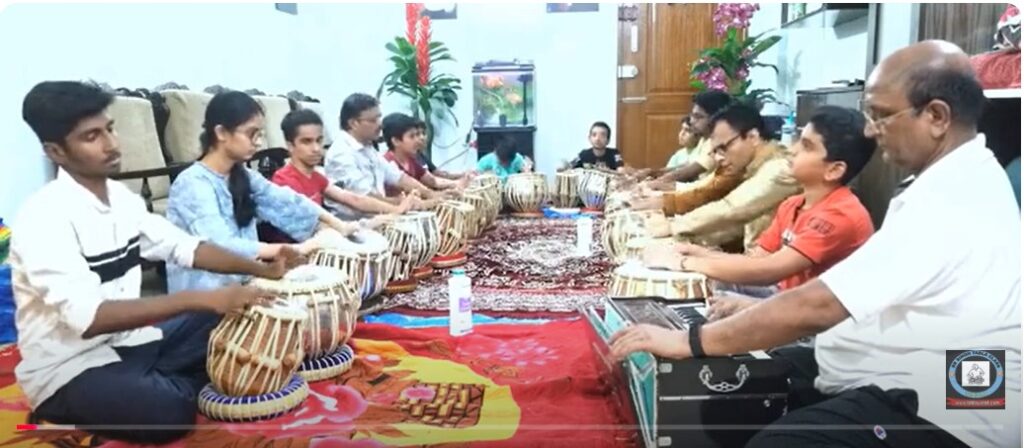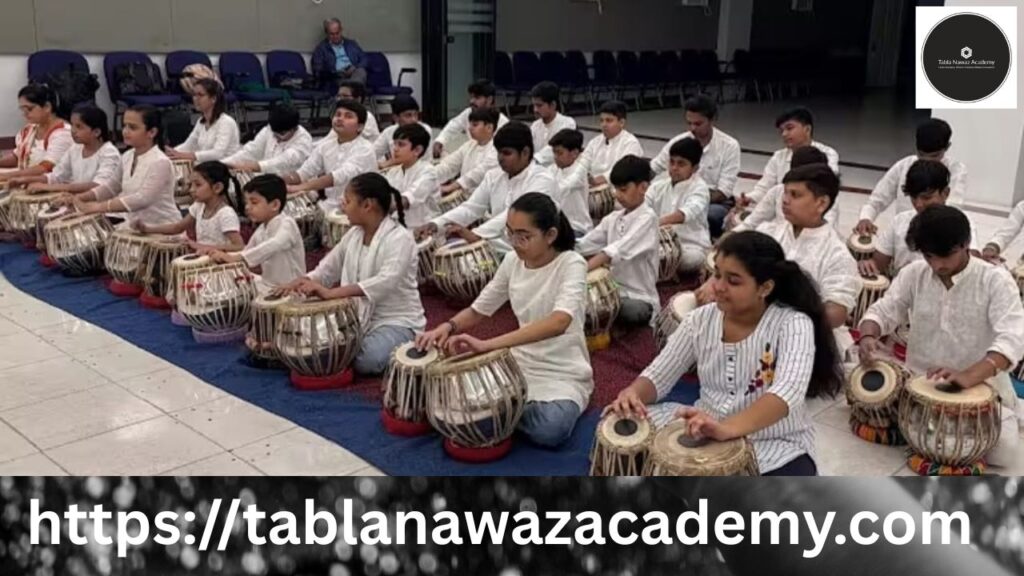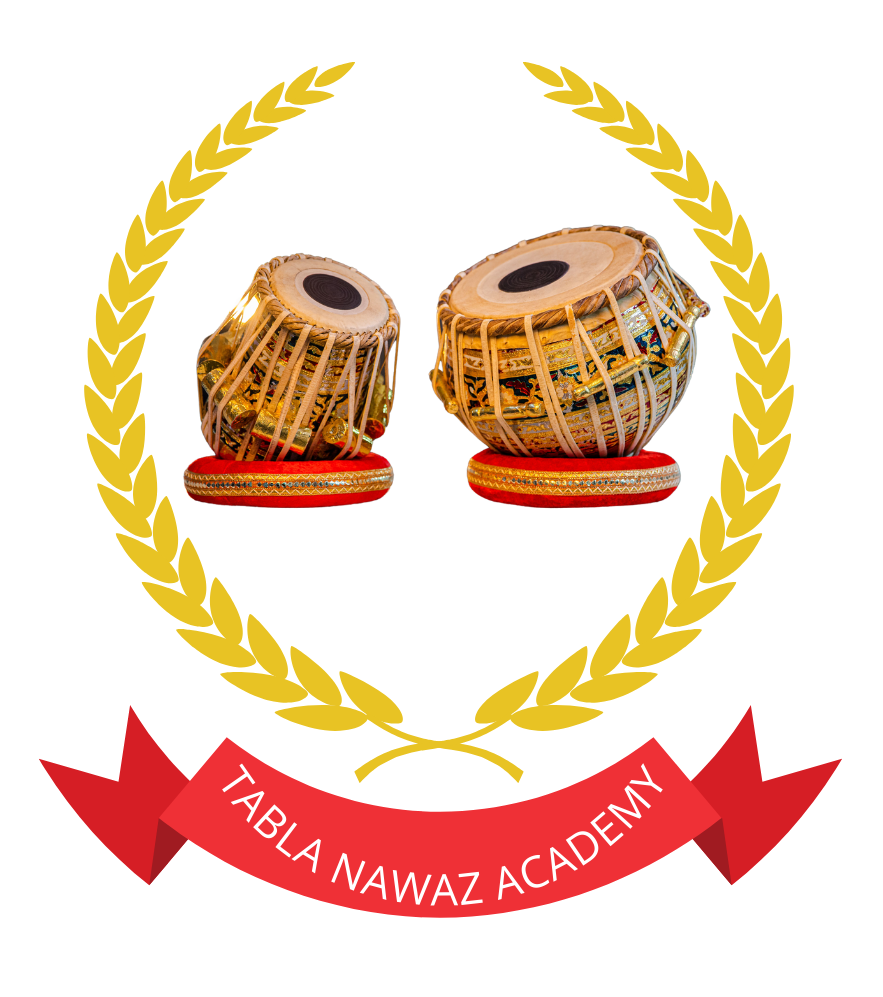🎶 Sangeet Bhushan Part 3: Deepening the Journey into Classical Music
As you progress into Sangeet Bhushan Part 3, you’re entering a phase where musical theory, listening skills, and performance techniques all begin to converge. By now, you’ve likely laid the foundation with basic ragas, taals, and concepts introduced in Parts 1 and 2. This level builds upon that base, encouraging more refined practice and deeper theoretical understanding. Let’s explore what makes this stage both exciting and challenging for students of Indian classical music.
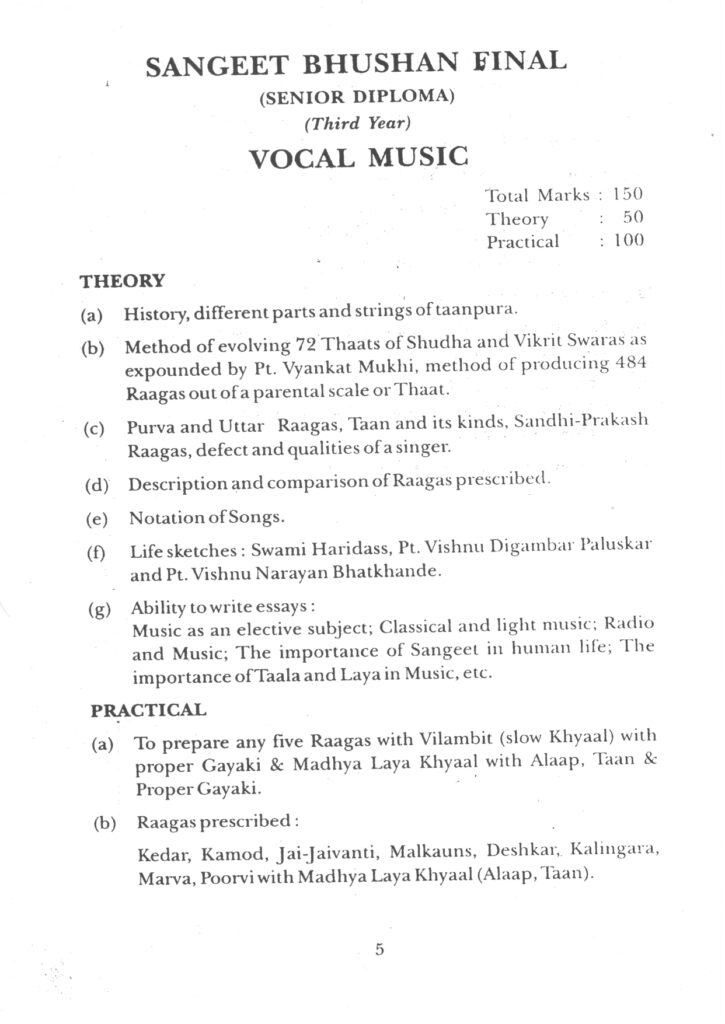
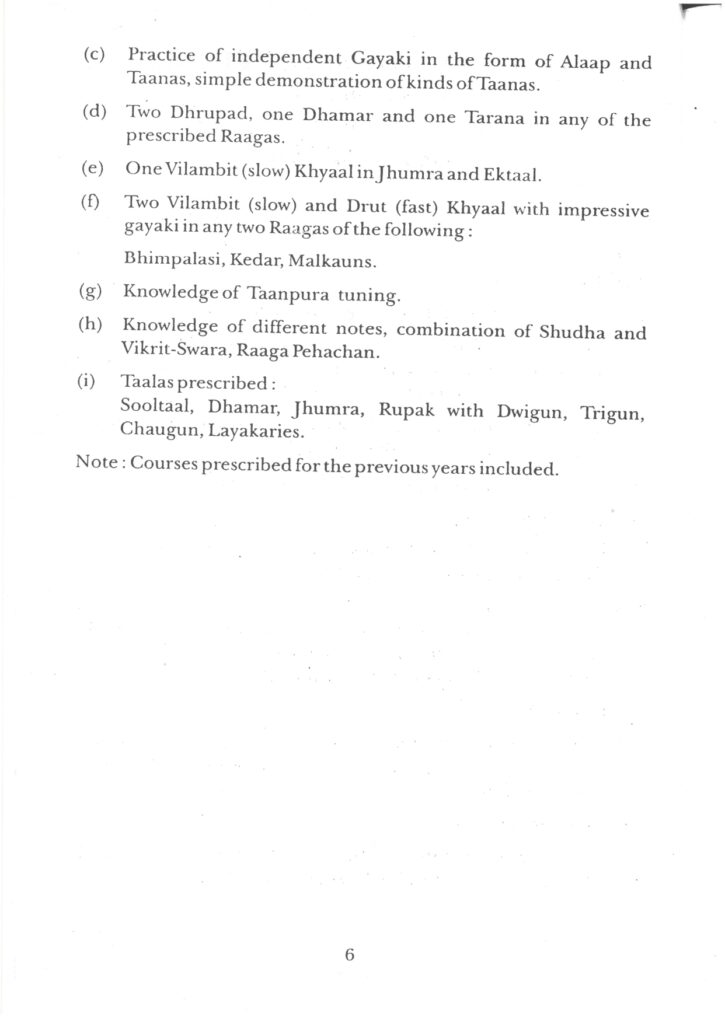
🎼 A Quick Recap: Where We’ve Been
Before diving into new material, it helps to reflect on what’s already been covered:
- Sangeet Bhushan Part 1 introduced swaras (notes), basic alankars, and simple taals like Dadra and Keharwa.
- Part 2 expanded into more ragas, structured compositions (bandish), and intermediate taals like Teentaal and Rupak.
Now, Part 3 takes a more nuanced approach—bringing in elements like raag vistar (elaboration), swarasthaan (note placement), meend (glide), and more detailed knowledge of gharanas and styles.
🎵 Focus on Raag Vistar and Voice Modulation
In Sangeet Bhushan Part 3, students begin to learn how to expand a raga through vistar (elaboration), applying creative techniques such as meend, kan swar (grace notes), gamak, and khatka. These tools help you go beyond the bandish and express the raga’s emotional depth.
For example, in Raag Yaman, instead of singing just the scale (Sa Re Ga Ma(tivra) Pa Dha Ni Sa), you might expand on the Ma–Pa–Dha–Ni phrase using a gentle meend, painting a mood of devotion or calm.
🗣️ “Music is the silence between the notes.” – Claude Debussy
In Hindustani music, how you approach a note often matters more than the note itself.
🪘 Deepening Taal Knowledge
Sangeet Bhushan Part 3 also introduces students to more complex rhythm cycles like Jhaptal (10 beats) and Ektal (12 beats). These taals offer a new challenge for both vocalists and instrumentalists as they demand greater laya control (tempo mastery) and sam awareness (first beat emphasis).
Here’s a breakdown of Jhaptal:
- Taal: 10 beats
- Theka:
Dha Dhin | Dhin Dha | Tin Ta | Dhin Dhin
Practicing these with tabla accompaniment or a lehra (melodic loop) can greatly improve your rhythm alignment.
🎤 Introducing Vilambit Khayal
Another major milestone in this part is the introduction of vilambit (slow tempo) khayal. This form allows singers to explore a raga at a relaxed pace, elaborating every nuance before moving to the faster drut (quick tempo) section.
Students typically begin with vilambit compositions in Teentaal or Ektal, learning how to develop taans (fast melodic phrases) and bol taans (rhythmic use of lyrics) with creativity and confidence.
🌟 Highlight: Gharanas and Gayaki Styles
At this level, you’re also introduced to the rich legacy of gharanas—musical lineages that offer unique interpretations of ragas and compositions. Some well-known gharanas include:
- Gwalior Gharana – Known for its strong layakari and simplicity.
- Kirana Gharana – Focuses on swara purity and meend-heavy phrases.
- Agra Gharana – Famous for bol baant and dramatic taans.
Understanding the gayaki (singing style) of these traditions helps students start forming their own musical identity.
🎶 Suggested Listening: Explore and Imitate
To internalize these ideas, immerse yourself in recordings by legendary artists. Here are a few must-listen pieces:
- Pandit Bhimsen Joshi – Raag Miyan Ki Todi (Vilambit Khayal)
- Kishori Amonkar – Raag Yaman (Kirana Gharana style)
- Ustad Rashid Khan – Raag Bageshree with tabla solo in Jhaptal
Notice how each artist unfolds the raga with both discipline and freedom.
🧠 Quiz Time! Test Your Understanding
Q1. Which taal has 12 beats?
- a) Jhaptal
- b) Teentaal
- c) Ektal ✅
- d) Dadra
Q2. The Kirana Gharana is known for:
- a) Fast taans
- b) Heavy tabla use
- c) Swara purity ✅
- d) Dhrupad singing
📚 Learning Resources
- Book: “Hindustani Sangeet Paddhati” by Vishnu Narayan Bhatkhande
- YouTube Channels:
- Darbar Festival
- Indian Raga
- Apps:
- Riyaz (for practice)
- Lehra Studio (for tabla accompaniment)
🧭 In Conclusion: Embrace the Raga Within
Sangeet Bhushan Part 3 is more than just a syllabus; it’s a shift in your musical maturity. As you delve into slower tempos, complex taals, and expressive ornamentation, you begin to discover your unique voice as a musician.
🎯 Call to Action: Pick one raga you’ve learned and record your own alaap and bandish. Share it with your teacher or fellow students for feedback—it’s the best way to grow.
Stay tuned for Part 4, where we’ll explore semi-classical forms and advanced improvisation techniques.
🎧 What’s your favorite raga to sing or play right now? Let us know in the comments!
https://www.youtube.com/@BhagawanSingh
